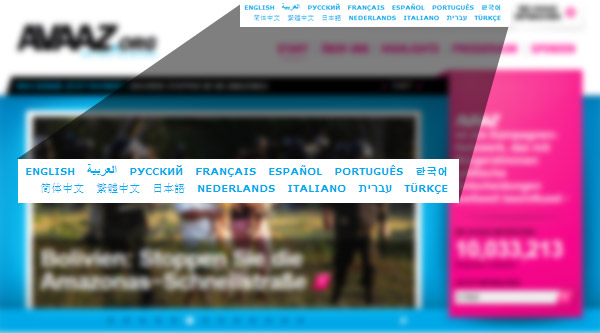The LEGO website is available in 17 languages. When a user goes to select language, they are prompted to first choose their country or region and then their language as appropriate.

Belgian users have the option of French or Dutch content specific to their country; Spanish users can select Spain or Latin America as appropriate.
The use of flags here gives priority to country/region first — which is why it works. Only for Latin America is a flag not used, as it is obviously referring to a whole region and not a specific country. Language is a secondary option. In this scenario, LEGO’s use of flags works very well.
As a global brand, LEGO has registered domains in many other countries even though they do not have local content for all of them. The site does its best to redirect users to the most appropriate version of the site. Australia users visiting www.lego.com.au are redirected to the UK English site; Canadian users visiting www.lego.ca are redirected to the US English site.
As the site gives priority to country over language, this is a much better approach than just combining flags with language names.
However, there are limitations to this approach: Swiss users accessing www.lego.ch are redirected to the German site. French-speaking Swiss users may not appreciate this, but given there is no specific Swiss content available this is far more acceptable than just redirecting them to a generic German-language site. Ideally, however, the LEGO site would do better checking the language of the user and redirecting them based on that — not just the domain they’re visiting.
While it’s not perfect, the thought that LEGO has put into its user experience for international users is highly commendable.





